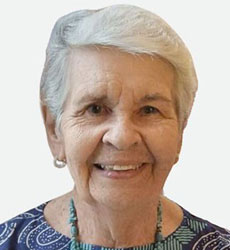Read this in The Manila Times digital edition.
THE Ibagiw Festival, an activity of Baguio in line with its status as a United Nations Educational, Scientific and Cultural Organization Creative City, has opened with a bang. One of the "loudest" events held as part of the festival is an exhibit of Eduardo Masferre photographs, titled "Cordillera Analogues." Analogues, because they are not digital photographs, but produced in the gelatin-negative way of yesteryear. They are black-and-white photographs taken between 1934 and 1956 in the Cordillera — the mountains of Northern Luzon, the home of several ethnic tribes. The exhibit — which opened at the Baguio Convention Center's Gallery 2600 last Saturday, November 18 — features 28 iconic photographs that show the independent, proud and rich life of the Cordillera and its culture when these were taken.
Although billed as a Filipino-Catalan photographer, Masferre — who was born in 1909 — was a son of the Cordillera. His father, a Spanish soldier who had settled there, became a coffee farmer and an Episcopalian priest attached to the Sagada Episcopalian Mission and School. Brought to Catalonia for an extended study visit in 1914, Masferre returned to the Cordillera in 1921. There, he finished his studies and embarked on photography, which he taught himself.
Continue reading with one of these options:
Ad-free access
P 80 per month
(billed annually at P 960)
- Unlimited ad-free access to website articles
- Limited offer: Subscribe today and get digital edition access for free (accessible with up to 3 devices)


